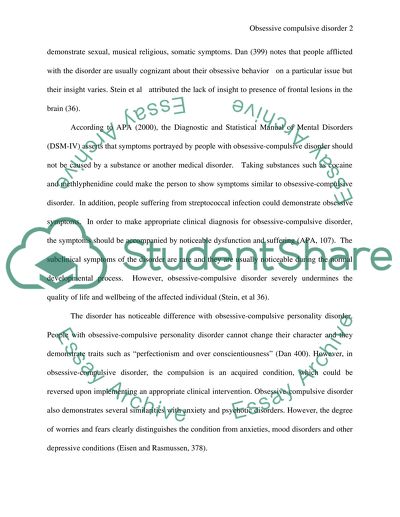Cite this document
(“Mental health: obsessive-compulsive disorder Research Paper”, n.d.)
Retrieved from https://studentshare.org/psychology/1441794-mental-health-obsessive-compulsive-disorder
Retrieved from https://studentshare.org/psychology/1441794-mental-health-obsessive-compulsive-disorder
(Mental Health: Obsessive-Compulsive Disorder Research Paper)
https://studentshare.org/psychology/1441794-mental-health-obsessive-compulsive-disorder.
https://studentshare.org/psychology/1441794-mental-health-obsessive-compulsive-disorder.
“Mental Health: Obsessive-Compulsive Disorder Research Paper”, n.d. https://studentshare.org/psychology/1441794-mental-health-obsessive-compulsive-disorder.


